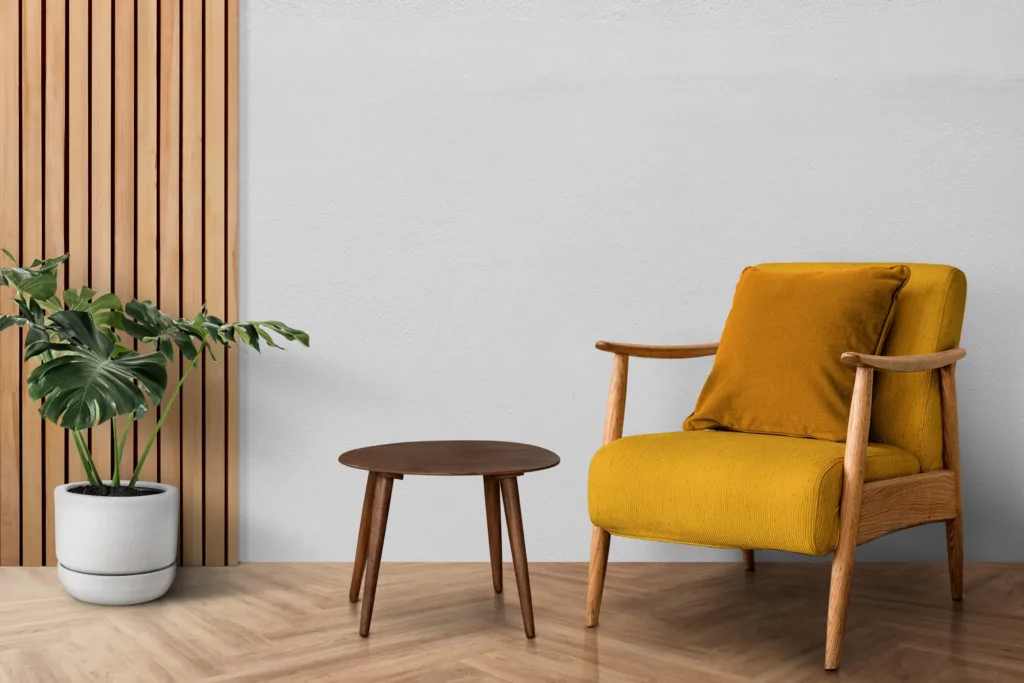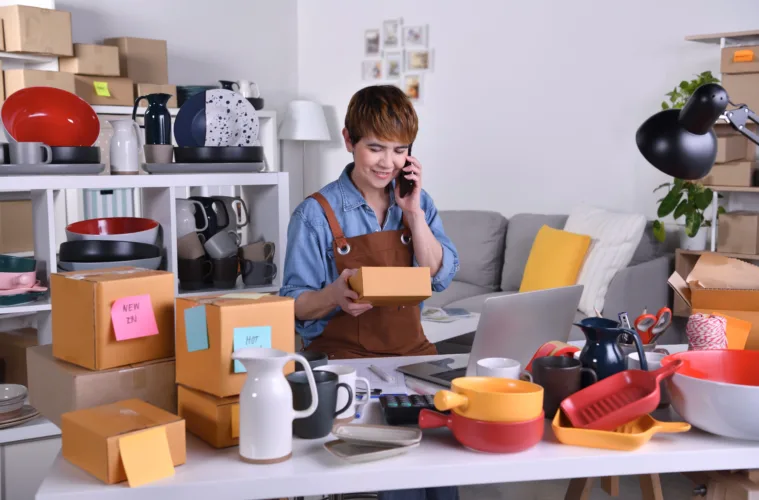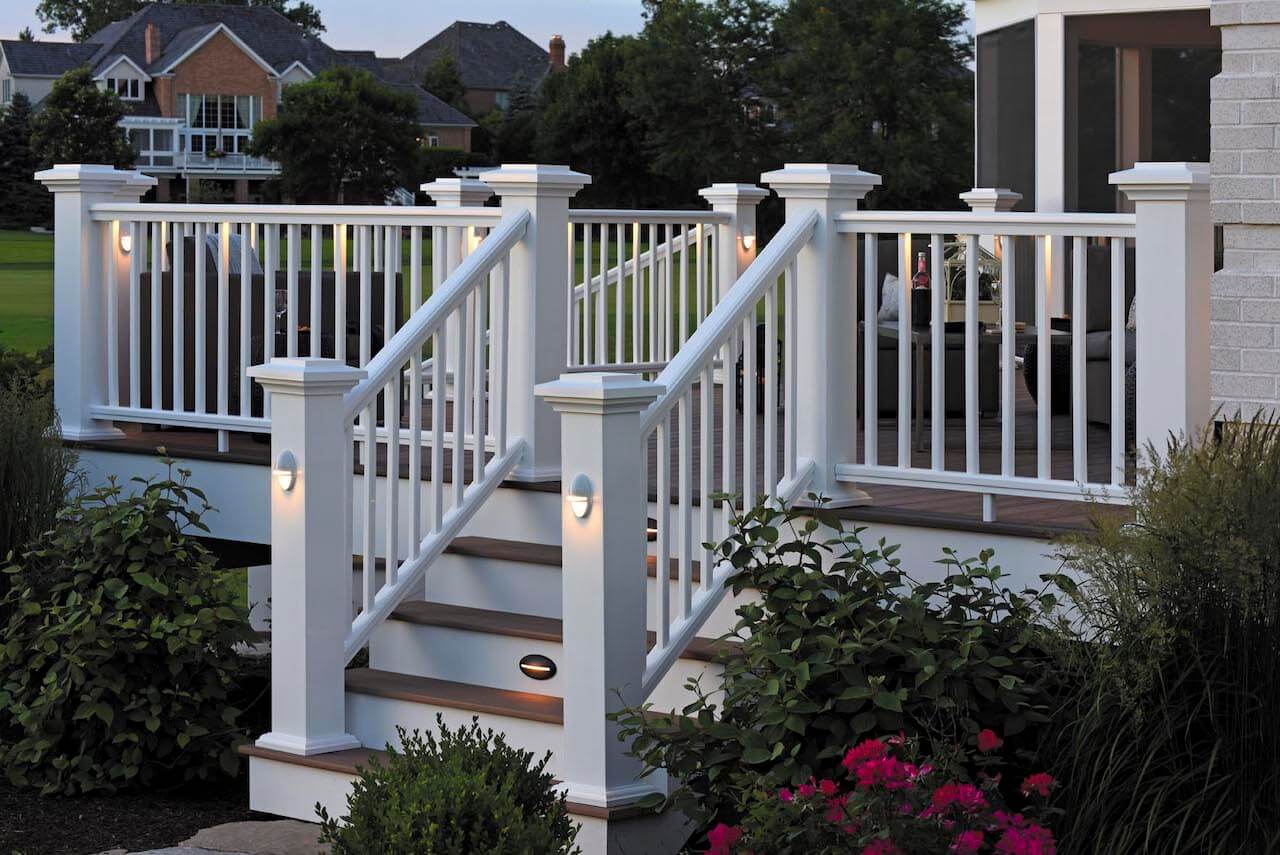We all know the energising feeling that comes after a solid declutter. Rooms feel brighter, cupboards breathe easier, and somehow your mind seems a little lighter too.
Yet the hardest part is rarely the cleaning itself; it’s deciding what stays, what goes, and what deserves a temporary timeout in storage.
Below is a straightforward, six‑item framework to help you sort with confidence and keep momentum high the next time you tackle a crowded garage, spare bedroom, or office.
1. Furniture and Decor
 Before you haul everything to the curb, categorise. Keep the pieces that anchor your daily routine, like your best mattress, a comfortable desk chair, and the coffee table that fits your space.
Before you haul everything to the curb, categorise. Keep the pieces that anchor your daily routine, like your best mattress, a comfortable desk chair, and the coffee table that fits your space.
Toss items with irreparable structural damage or that no longer fit your lifestyle — say, a futon surviving on chipped veneer and nostalgia alone. And store quality pieces you love but can’t place right now, such as a mid‑century sideboard you plan to pass down.
When floor space is tight, many homeowners choose to rent self storage units in south Melbourne for a secure, short‑term solution that protects valuables while a remodel or relocation plays out.
2. Seasonal Clothing
Keep the items you wear every year. Toss anything that’s permanently stained, misshapen, or no longer fits, even if you hope it will one day. And store bulky but useful pieces that are climate‑specific, like ski jackets or puffer vests.
Lastly, vacuum‑sealed garment bags on a high shelf free up prime closet real estate for pieces you reach for daily.
3. Sentimental Paperwork and Photos
 Keep the irreplaceable originals, like marriage certificates, passports, handwritten letters from loved ones, and a handful of printed photos that truly move you. Toss redundant paperwork: expired warranties, old utility bills, and duplicate printouts you can find online.
Keep the irreplaceable originals, like marriage certificates, passports, handwritten letters from loved ones, and a handful of printed photos that truly move you. Toss redundant paperwork: expired warranties, old utility bills, and duplicate printouts you can find online.
Shred sensitive documents to protect your identity and store less‑frequently accessed keepsakes.
You can also scan photos and documents you rarely need in hard copy; then file the originals in a labeled, waterproof container so you can revisit memories without cluttering every drawer.
4. Kitchen Gadgets and Pantry Items
Keep the appliances you use at least once a week and toss single‑purpose tools gathering dust, as well as expired dry goods lurking at the back of the shelf.
Store seasonal or large‑batch equipment such as canning supplies, extra wine glasses for holiday dinners, or the spare slow cooker you only need for family reunions.
5. Children’s Gear and Memorabilia
Parenthood arrives with an avalanche of clothes, toys, and tiny footprints cast in plaster. Keep versatile, adjustable items your young ones still use and toss broken toys, stained bibs, and plastic bits missing critical parts.
Store sentimental or age‑specific gear like christening outfits, hand‑knit blankets, or a beloved but outgrown tricycle. And pack memorabilia in acid‑free boxes, clearly dated, so future you can savour these moments without drowning in them today.
6. Hobby Supplies and Sports Equipment
Aspirational clutter often hides in hobby corners: untouched canvases, the guitar you swore you’d master, or dusty camping gear from that one epic road trip.
Keep the supplies that genuinely spark joy and that you’ve used in the past six months, and toss broken or incomplete items like rusty tent poles, for example.
Store well‑maintained gear for seasonal pursuits, and use wall‑mounted racks or ceiling hooks in a garage to protect investments while preventing them from becoming tripping hazards.
The Ongoing Art of Letting Go
The process of decluttering is rarely a one-time event. Instead, think of it as an ongoing practice a muscle you strengthen over time.
Each decision becomes easier with practice, gradually transforming your relationship with material possessions and creating a living space that supports rather than hinders your wellbeing.



